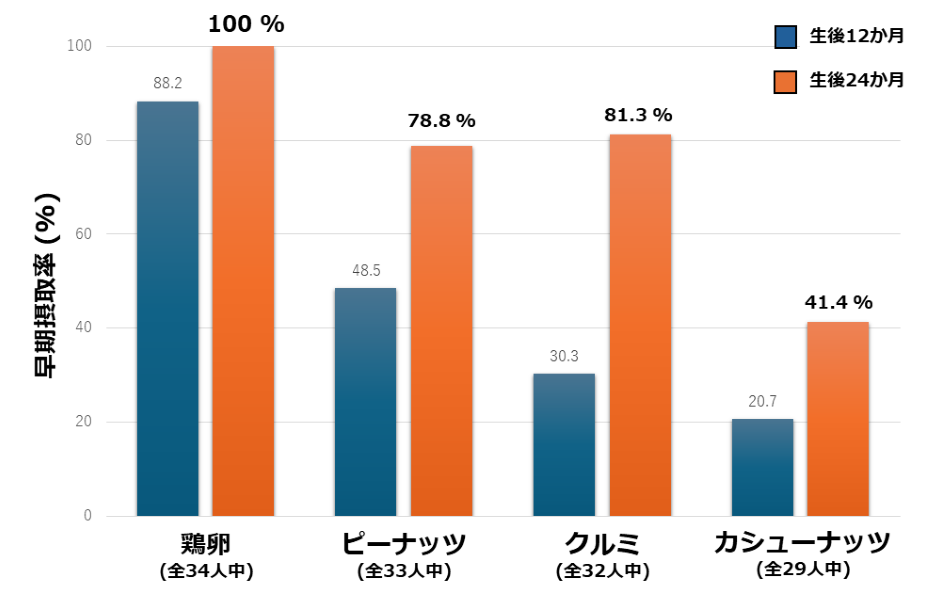2024-06-12 バッファロー大学(UB)
<関連情報>
- https://www.buffalo.edu/news/releases/2024/06/study-suggests-promising-gene-therapy-for-FOXG1-syndrome.html
- https://www.cell.com/molecular-therapy-family/methods/fulltext/S2329-0501(24)00091-3
出生後にAAV9-FOXG1を注入することで、FOXG1症候群モデルマウスにおける脳梁の無形成やその他の脳の欠損が回復した The postnatal injection of AAV9-FOXG1 rescues corpus callosum agenesis and other brain deficits in the mouse model of FOXG1 syndrome
Shin Jeon,Jaein Park,Shibi Likhite,…,Kathrin C. Meyer,Jae W. Lee
Molecular Therapy Methods & Clinical Development Published:June 05, 2024
DOI:https://doi.org/10.1016/j.omtm.2024.101275
ABSTRACT
Heterozygous mutations in the FOXG1 gene manifest as FOXG1 syndrome, a severe neurodevelopmental disorder characterized by structural brain anomalies, including agenesis of the corpus callosum, hippocampal reduction, and myelination delays. Despite the well-defined genetic basis of FOXG1 syndrome, therapeutic interventions targeting the underlying cause of the disorder are nonexistent. In this study, we explore the therapeutic potential of adeno-associated virus 9 (AAV9) mediated delivery of the FOXG1 gene. Remarkably, intracerebroventricular injection of AAV9-FOXG1 to Foxg1 heterozygous mouse model at the postnatal stage rescues a wide range of brain pathologies. This includes the amelioration of corpus callosum deficiencies, the restoration of dentate gyrus morphology in the hippocampus, the normalization of oligodendrocyte lineage cell numbers, and the rectification of myelination anomalies. Our findings highlight the efficacy of AAV9-based gene therapy as a viable treatment strategy for FOXG1 syndrome and potentially other neurodevelopmental disorders with similar brain malformations, asserting its therapeutic relevance in postnatal stages.
Graphical abstract



